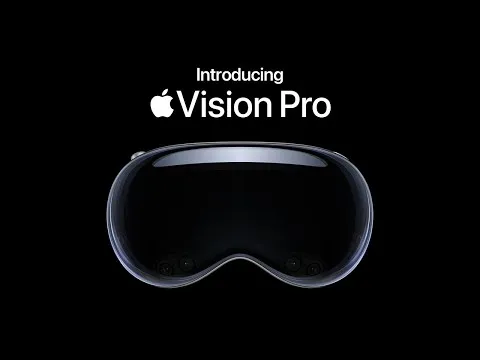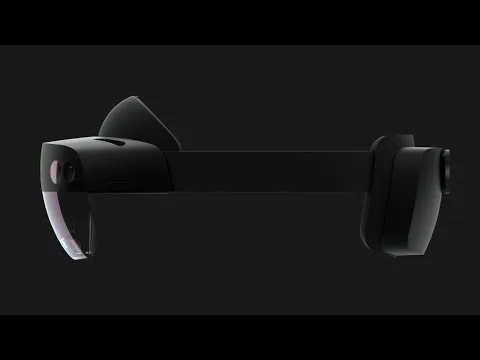English Version
With the launch of Apple Vision Pro glasses, great expectations were created about how this technology will impact the way we use our electronic devices.
At first glance, the Apple device, launched on February 2nd, really brings several new elements and an innovative system called visionOS, based on iOS.
For example, the user can now control the device with their eyes, in addition to hand gestures and voice commands. It is even possible to type text on a keyboard designed by the glasses itself.
Another difference is the five sensors, six microphones and twelve cameras that the device offers for a more immersive experience.
Despite all this innovation, the Vision Pro is still an initial version and has its limitations such as the weight of 650 grams, which can be quite annoying depending on how long it is used, the battery that needs to be carried in your pocket and is connected by a wire to the glasses and the price of 3500 dollars limits the audience that can purchase them.
Still, it is more advanced than competitors Samsung HMD Odyssey+, Oculus Rift, HTC Vive, Meta Quest and Microsoft HoloLens. The precursor Google Glass was tested and put on sale, but the company discontinued the product.
The most interesting thing about mixed reality technology is the possibility of interacting with the environment while accessing virtual reality by mixing physical objects with projections of virtual objects.
If this type of device becomes popular, it will completely change the way we make video calls, watch videos, listen to music, play online and do our reading. In addition to becoming a virtual assistant for real-time research, all in a single device.
Thank you very much for reading and see you next time!
Português (Brasil)
Com o lançamento do óculos da Apple Vision Pro, criou-se uma grande expectativa de como esta tecnologia irá impactar a forma como usamos os nossos dispositivos eletrônicos.
Em uma primeira vista, o dispositivo da Apple, lançado no dia 2 de fevereiro, realmente traz diversos elementos novos e um sistema inovador chamado visionOS, baseado no iOS.
Por exemplo, agora o usuário pode controlar o dispositivo com os olhos, além de gestos com as mãos e comandos de voz. É possível até mesmo digitar um texto em um teclado projetado pelo próprio óculos.
Outro diferencial são os cinco sensores, seis microfones e doze câmeras que o dispositivo oferece para uma experiência mais imersiva.
Apesar de toda essa inovação, o Vision Pro ainda é uma versão inicial e tem suas limitações como o peso de 650 gramas, que pode incomodar bastante dependendo do tempo de uso, a bateria que precisa ser carregada no bolso e é ligado por um fio ao óculos e o preço de 3500 dólares que limita o público que pode adquiri-lo.
Ainda assim, é mais avançado do que os concorrentes Samsung HMD Odyssey+, Oculus Rift, HTC Vive, Meta Quest e Microsoft HoloLens. O precursor Google Glass chegou a ser testado e colocado à venda, mas a empresa descontinuou o produto.
O mais interessante da tecnologia de realidade mista é a possibilidade de interagir com o ambiente ao mesmo tempo em que se acessa a realidade virtual misturando objetos físicos com projeções de objetos virtuais.
Caso esse tipo de dispositivo se popularize, ele muda completamente a forma como fazemos chamadas de vídeo, assistimos vídeos, ouvimos músicas, jogamos online e fazemos nossas leituras. Além de se tornar um assistente virtual para pesquisas em tempo real, tudo em um único aparelho.
Muito obrigado pela leitura e até a próxima!


